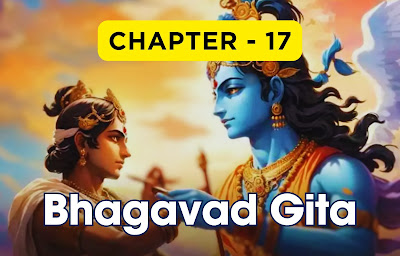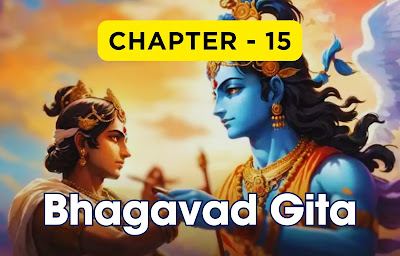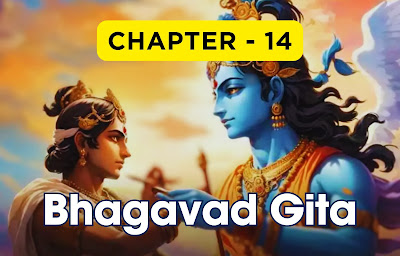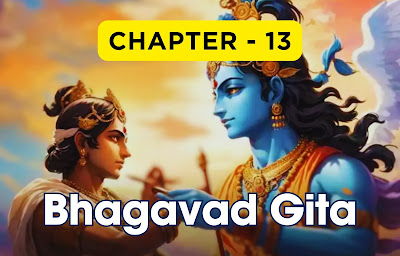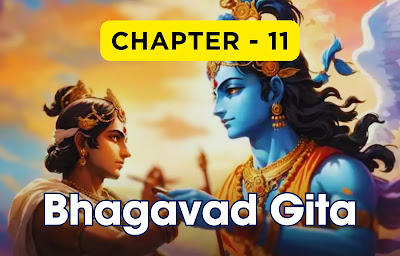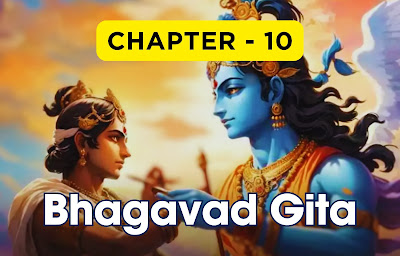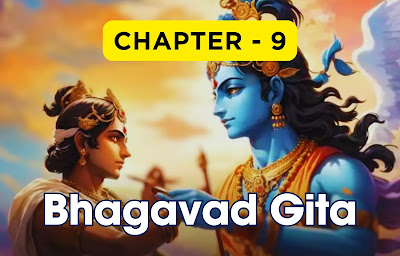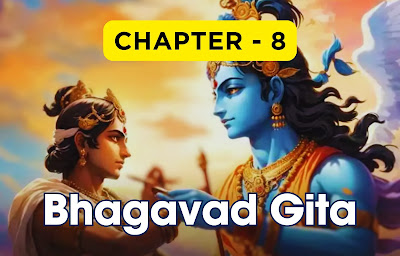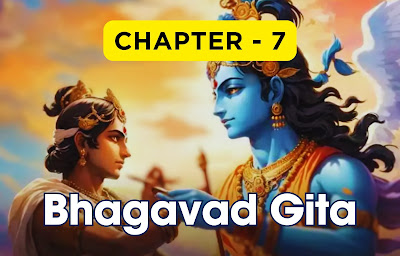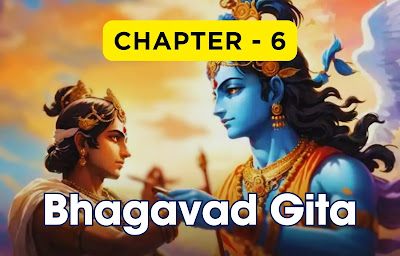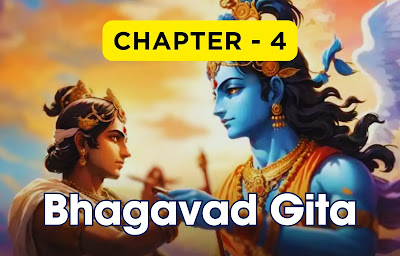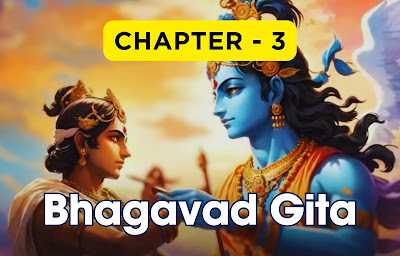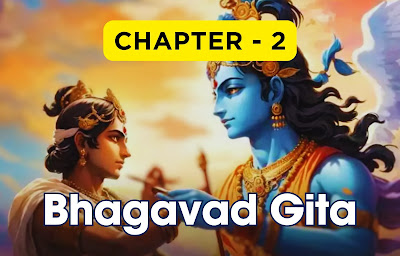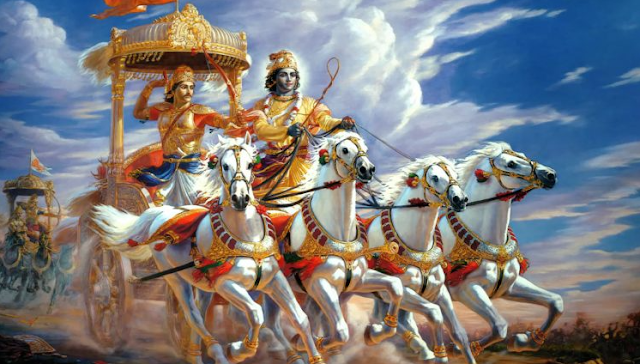Bhagavad Gita Chapter 18 Summary || Chapterwise Summary of Bhagavad Gita in English || Moksha Sanyaasa Yoga
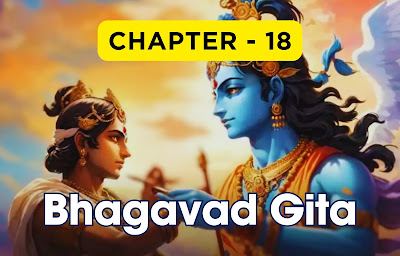
Chapter 18, Moksha Sanyaasa Yoga, marks the conclusion of the Bhagavad Gita, encompassing the culmination of teachings that encapsulate the paths of knowledge, action, and devotion. This chapter presents profound insights into liberation and renunciation while emphasizing the significance of surrendering to the divine for ultimate liberation. Read Chapter 17 Summary of Chapter 18: Moksha Sanyaasa Yoga Paths to Liberation: Krishna expounds on three fundamental paths leading to liberation: knowledge (Jnana Yoga), action (Karma Yoga), and devotion (Bhakti Yoga). He emphasizes that these paths are not isolated but interconnected avenues to attain spiritual liberation. Each path aligns with different temperaments, catering to individuals' diverse inclinations and abilities. Understanding Renunciation: The chapter discusses renunciation in its broader sense, emphasizing that true renunciation is not merely the abandonment of external actions but the detachment of the mind from the fruit
